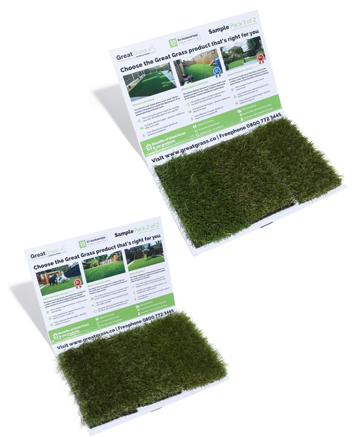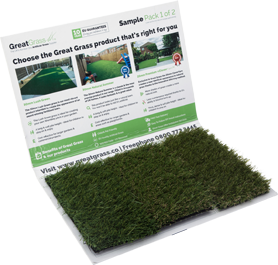Here at Great Grass we understand how challenging it can be to deal with the everchanging weather that the United Kingdom provides; one minute it is raining the next the sun is shining like a summers day! With this said winter is just around the corner and it pays to be prepared. If you’re new to the world of artificial turf then you may be wondering how you are going to cope when the colder months arrive but fret not, we’re going to go over exactly what to do…
What does frost do?
When the air gets colder during winter is can cause the moisture inside your artificial turf infill to freeze which can have disastrous consequences if you don’t know what to do. In fact, these types of conditions are a safety concern since the surface is no longer as stable as it could be.
What to do
The best thing that you can do if you discover that the low temperatures has caused your turf to freeze over is leave it to thaw naturally. In fact, this is the less risky and damage free solution to the problem however you have to remember that the weather must increase in temperature for this to occur. With this said, sometimes artificial turf can retain heat and lead to a faster thawing time.
Snowfall
Of course, snow is a different issue overall and you have to be careful with your subsequent actions. If you want to remove the snow from the turf, then ensure that you shovel with care in the direction of the seams. Also make sure that you have an area to store the snow too. Underneath the snow layer however you may have a frozen turf like the one discussed above.
Here at Great Grass we like to think that we are one of the best artificial grass experts and we want nothing more than to share our knowledge and experience with our readers and customers. After all, what use is it inside our heads! For more information, speak to a member of the team today!


